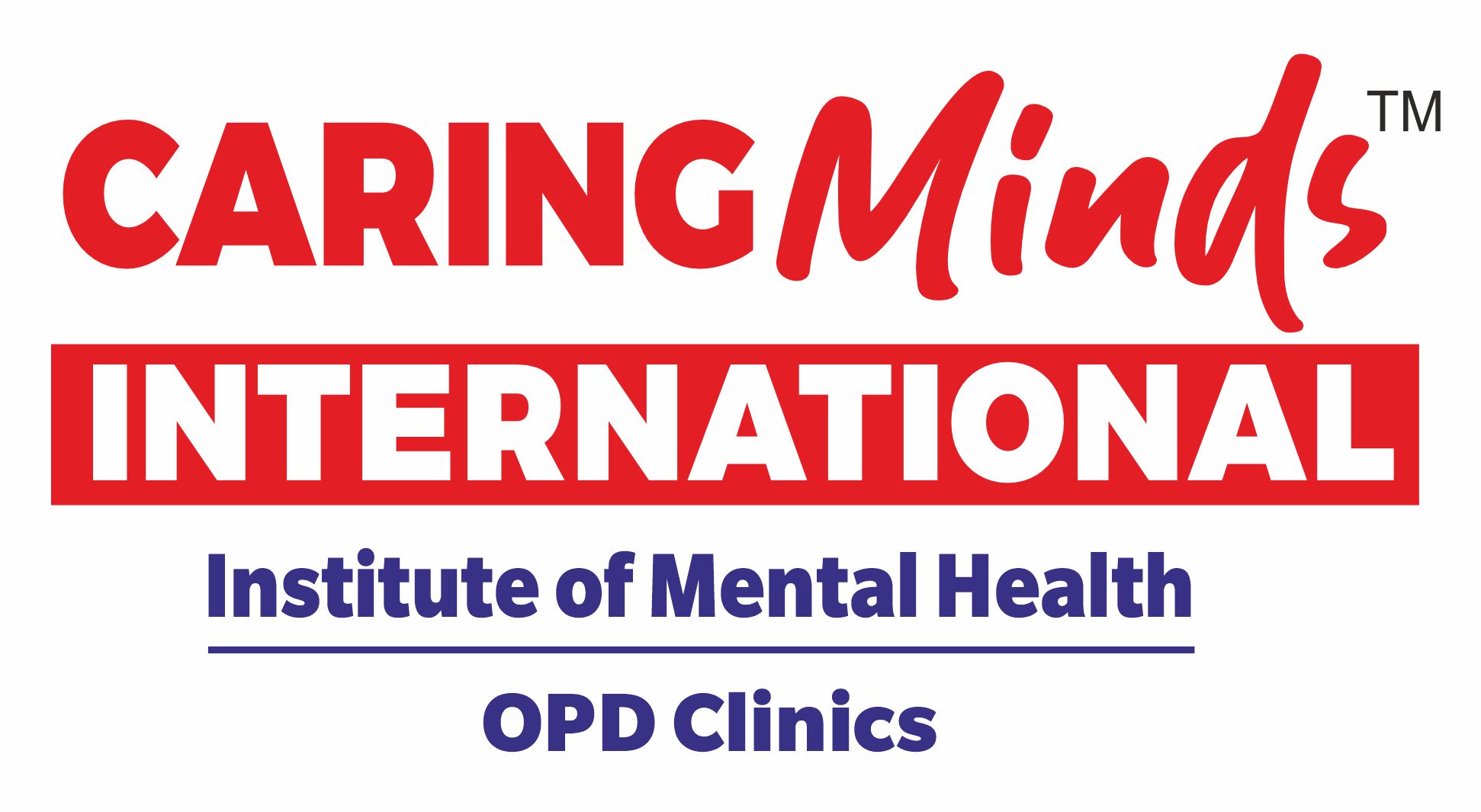Couple counselling, also known as couples therapy or marriage counselling, is a form of therapy designed to help couples resolve conflicts, improve communication, and strengthen their relationship. It is a specialized type of therapy that focuses on the unique dynamics and challenges faced by couples.
The primary goal of couple counselling is to facilitate healthy and effective communication between partners. It provides a safe and neutral space where couples can openly express their thoughts, feelings, and concerns. The therapist acts as a mediator and facilitates constructive dialogue, helping couples understand each other’s perspectives and work towards mutual understanding and resolution.
Goals
Improved communication: One of the main goals of couple counselling is to enhance communication between partners.
Conflict resolution: Couples often seek counselling to address ongoing conflicts and disagreements. The goal is to learn healthy conflict resolution strategies that promote mutual understanding, compromise, and effective problem-solving.
Rebuilding trust and intimacy: Couple counselling aims to rebuild and strengthen these essential elements of the relationship. The therapist helps couples work through trust issues, heal emotional wounds, and create a safe space for vulnerability and intimacy to be nurtured.
Enhancing relationship satisfaction: This goal is to create a more fulfilling and satisfying partnership. This may involve exploring shared values, goals, and aspirations, and finding ways to create a deeper connection and sense of meaning in the relationship.
Developing effective coping strategies: Couple counselling can assist in developing effective coping strategies to manage these stressors. Couples can learn to support each other during difficult times, reduce negative coping mechanisms, and build resilience together.
Strengthening commitment and long-term success: It involves exploring the couple’s vision for the future, setting goals, and developing skills to navigate challenges that may arise in the future. The goal is to foster a lasting, fulfilling partnership.
It’s important to note that the goals of couple counselling are highly individualized and may vary based on the unique needs and circumstances of each couple. The therapist collaboratively works with the couple to identify specific goals and tailor the counselling process accordingly.











